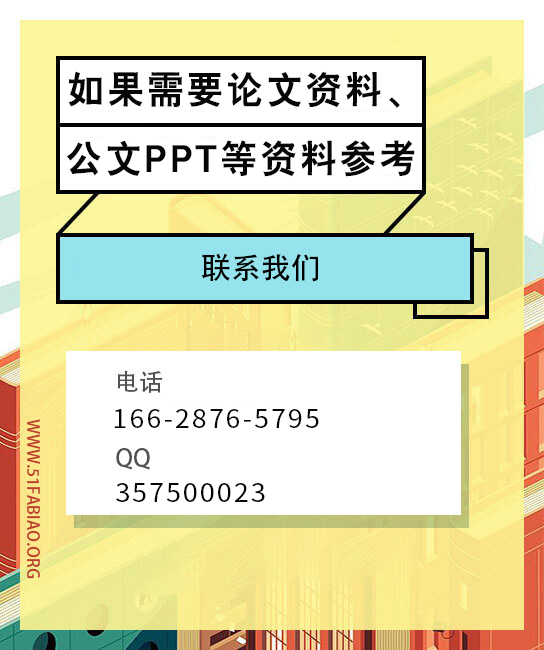5.1 Conclusion.............................. 34
5.2 Recommendation...................................... 35
Chapter Four: Results and Discussion
4.1 Results
4.1.1 Descriptive Analysis of Demographic Data:
Table 1 presents a detailed summary of the respondents' demographic attributes and social media usage patterns, encompassing a sample size of 240 individuals.
Respondents exhibit a diverse age distribution. The most significant proportion falls in the age group of 18-24, constituting 27% of the sample, followed by those under 18 (18%), 25-34 (24%), and 35-44 (16%). Participants aged 55 and above represent the smallest segment at 7%. Gender distribution is relatively balanced, with 57% of the respondents identifying as male and 43% as female. Occupational diversity is observed among the respondents. The majority are either students (40%) or employed (25%), while others include self-employed individuals (11%), retirees (4%), and individuals with various other occupations (20%). The educational background of the respondents is varied. A significant portion holds a graduate degree (33%), followed by post-graduates (27%), secondary education (12%), and higher secondary education (10%). The sample also includes individuals with technical education (10%) and various other educational backgrounds (2%). The majority of respondents spend 1-2 hours on social media every day (41%), followed by those who spend less than 1 hour daily (29%). Additionally, 22% of participants use social media for 3-5 hours per week, while 8% spend less than 3 hours per week. In terms of posting frequency, a significant portion of respondents post daily (29%), followed by those who post 2-3 times a week (26%) and once a week (21%). A smaller percentage posts 1-3 times a month (14%), while 10% never engage in posting on social media.

Chapter Five: Conclusion and Recommendation
5.1 Conclusion
An in-depth examination of the disadvantages of social media marketing on Facebook, Instagram, and TikTok, together with a meticulous examination of gender differences and associated variables, has enhanced comprehension of the complex dynamics of the digital terrain. The conclusions and debates cover many important topics, including problems with user perceptions, body image, psychological well-being, and self-esteem. The main conclusions and consequences of the study are summarized in this section.
The study emphasizes the significant impact of social media marketing on users' mental health through potential links to feelings of pessimism, anxiety, and loneliness. Marketing plans must prioritize mental health, which calls for cooperation between mental health practitioners, marketers, and platforms. The study reveals noteworthy differences in social media usage between the sexes, including addiction levels, scrolling behaviours, attitudes toward ads, and fraud perceptions. Marketers and platforms must acknowledge these distinctions to customize approaches that appeal to various user demographics and tackle specific privacy, security, and trust-related issues. Users are uneasy about data collection and experiences related to privacy events; privacy concerns are a critical theme. Open policies, more user control, and training programs are essential to develop and preserve user confidence in online platforms. This is because privacy factors have a complex relationship with overall trust. The results highlight how widespread cyberbullying is in its impact on consumers' mental health. Understanding how privacy issues are related to one another and how they affect mental health emphasizes the need for all-encompassing tactics and support systems to deal with the difficulties caused by cyberbullying. The study highlights the need for focused interventions and educational initiatives by shedding light on the deliberate promotion of unrealistic and harmful body images through social media material. The influence of social med


